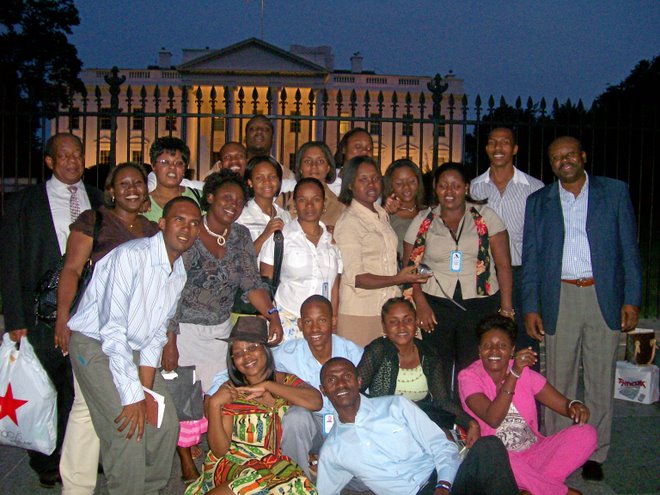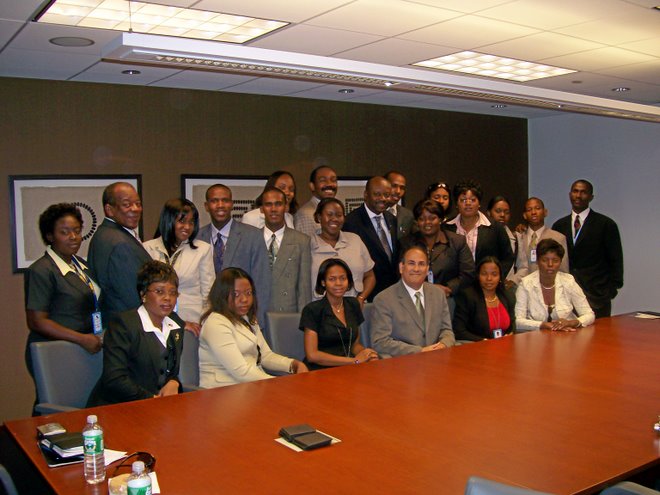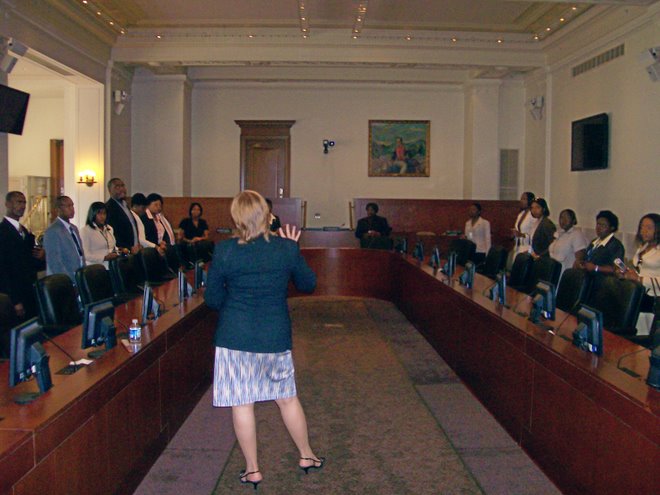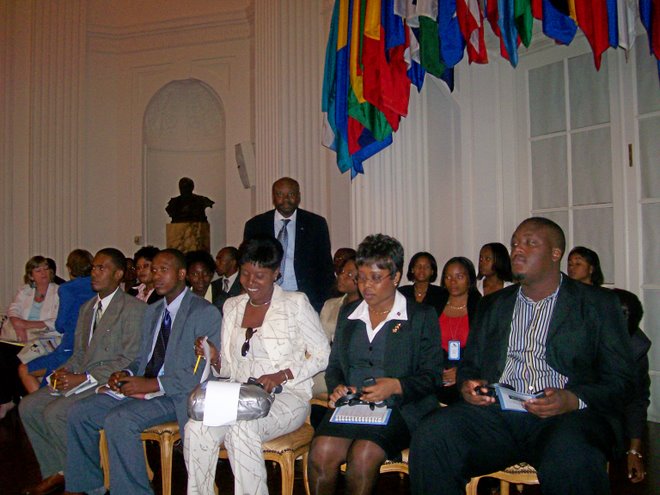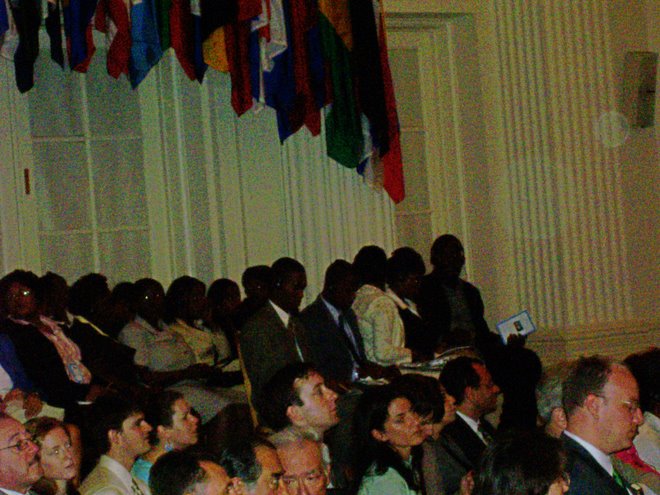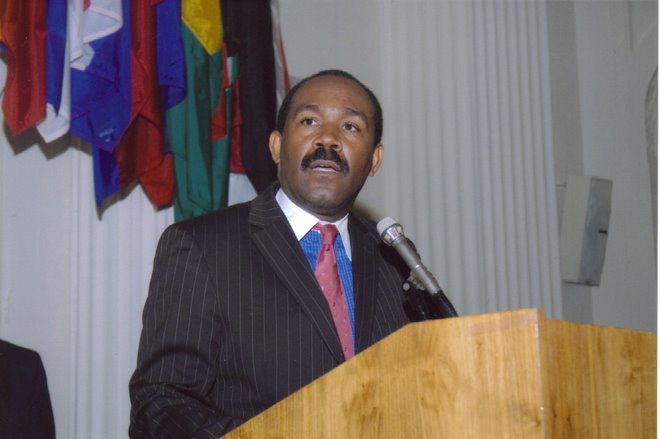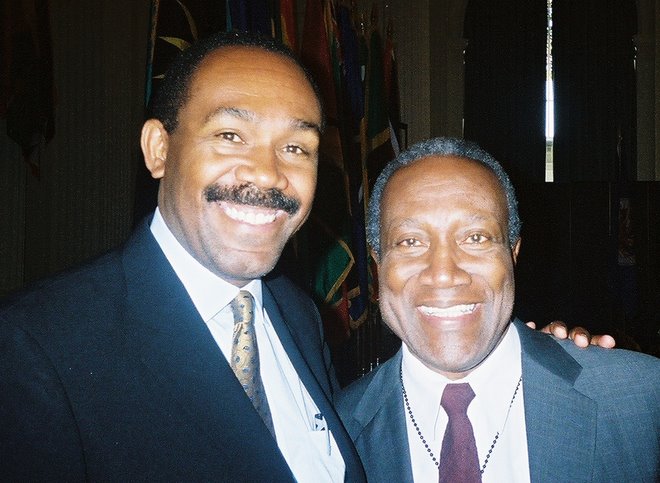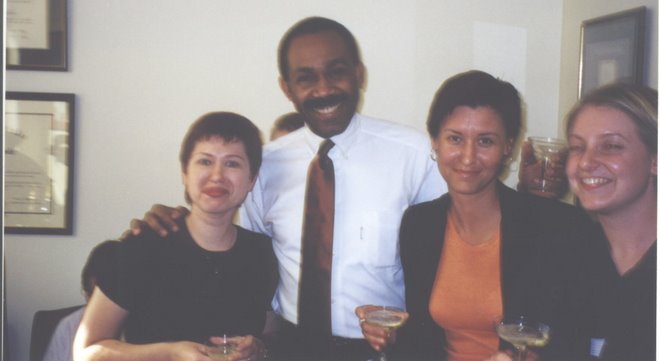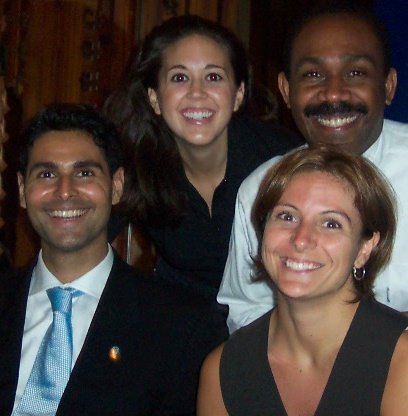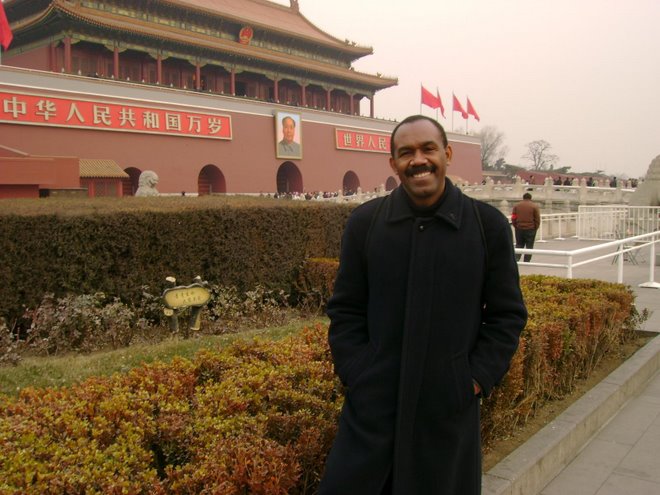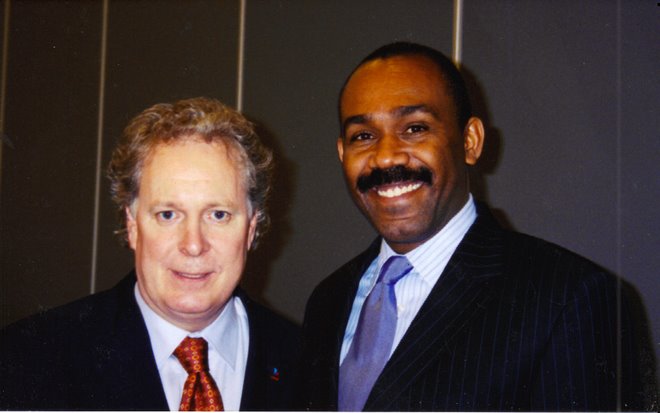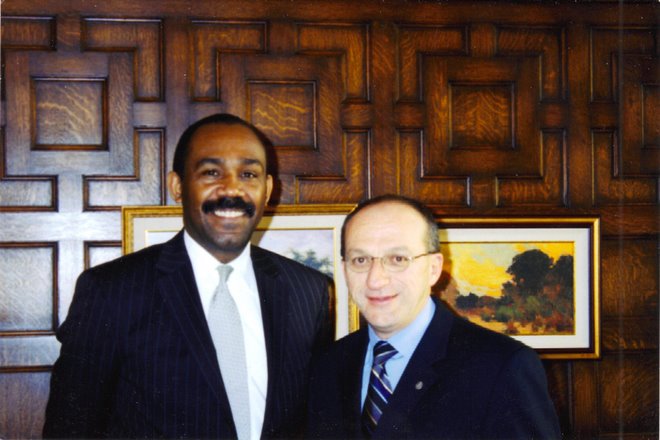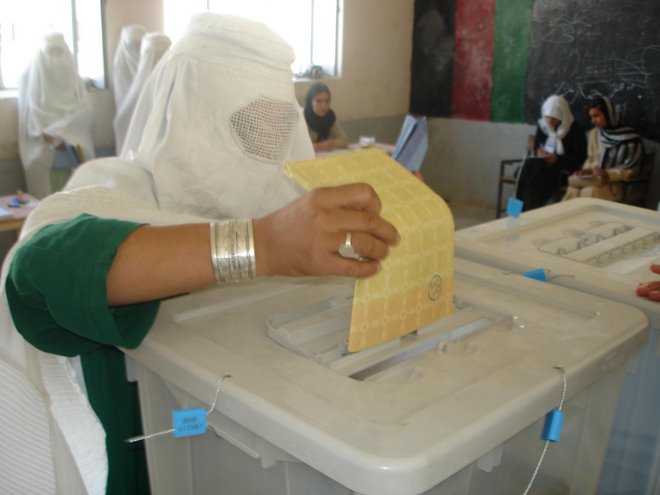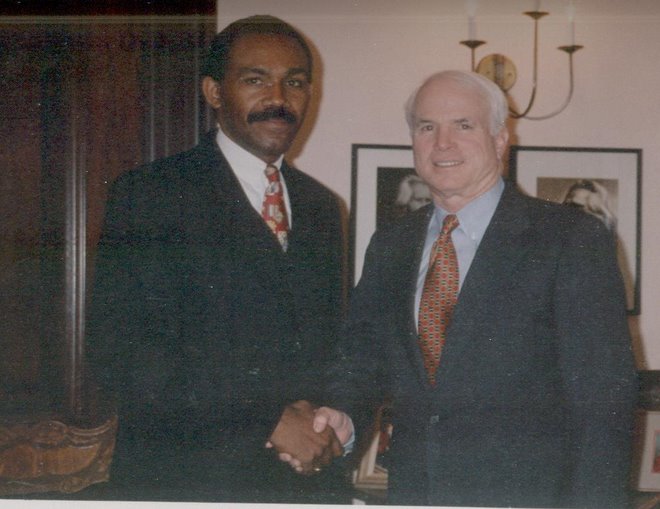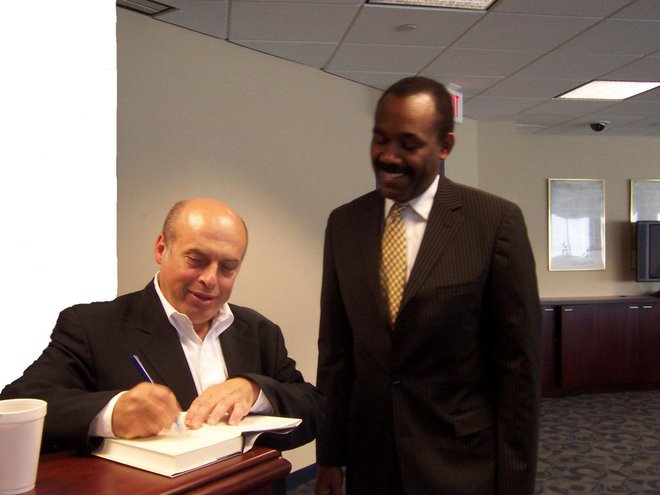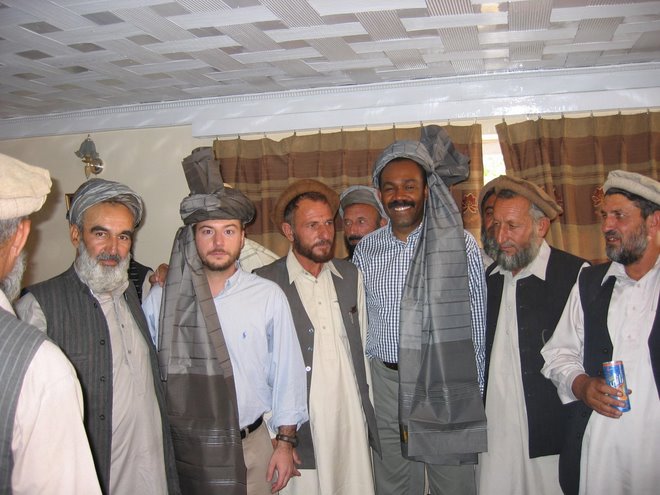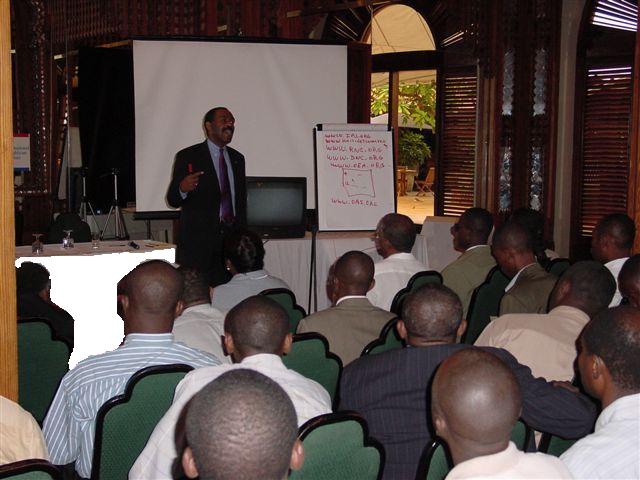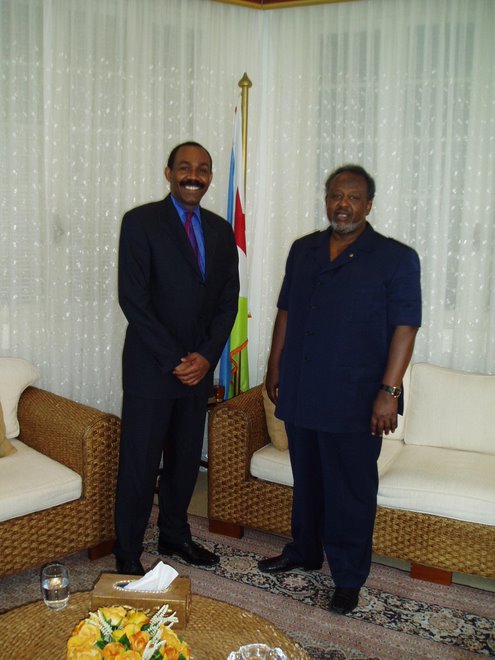Two years after the earthquake, Haiti remains in a state of humanitarian emergency. Recovery efforts -- marked by inefficiency and political infighting -- are still in their early stages, leaving Haitians in a high-risk environment for possible future disasters. Meanwhile, media coverage of the situation is limited, and commitment to the Haitian people from the international community has waned.
What next
Without heavy support from the international community, Haiti will continue to struggle with the humanitarian effects of the 2010 earthquake and subsequent cholera epidemic. Relief probably will continue to be marked by inefficiency, poor coordination and diminishing funds. Meanwhile, little progress is likely to be made when it comes to the country's recovery efforts.
Analysis
The scale of the disaster posed by the January 2010 earthquake (see HAITI/INTERNATIONAL: Emergency offers disaster lessons - January 20, 2010), combined with underlying high levels of vulnerability and lack of physical and social infrastructure, resulted in one of the largest, most complex, and costly relief operations ever executed. With the Haitian government largely incapable of handling the situation, it was up to the international community -- coordinated by the UN -- to ensure that humanitarian needs were met and recovery and reconstruction efforts took off. However, response efforts have been criticised as inefficient and poorly coordinated (see HAITI: Humanitarian crisis resists amelioration - November 8, 2010).
Humanitarian situation
Two years on, Haiti still remains in a state of humanitarian emergency:
Displacement. Over 500,000 people still live in temporary camps. Although this represents a decrease from the peak of 2.3 million internally displaced people, most of those who have left the camps -- many involuntarily -- have moved to transitional shelters or been rendered homeless.
Cholera. Compounding the effects of the earthquake, Haiti has been struggling with a cholera epidemic -- the outbreak of which has been blamed on UN peacekeepers due to dumping of unsanitary waste. The epidemic so far has affected over 500,000 people and resulted in almost 7,000 deaths.
Sanitation. Over 3.7 million people do not have access to safe drinking water and 8.2 million are without reliable access to latrines or toilets. The main cities lack functioning waste systems. People that remain in camps have been facing dire sanitary conditions, with lack of safe drinking water and open-air defecation.
Health. Haiti has the highest under-five mortality rate in the region. Under 40% of Haitians have access to healthcare and less than 60% of children are immunised for measles.
The humanitarian outlook for Haiti in the coming year is worrying, as challenges for relief operations remain significant. It will be imperative for humanitarian organisations to ensure the transition of humanitarian response activities to development programmes. However, there are very few signs of this occurring in the near term.
Recovery
Meanwhile, the longer-term recovery process remains in early stages and has faced significant obstacles:
Reconstruction. Progress of reconstruction has been slow and inefficient. Of almost 300,000 buildings destroyed or badly damaged, the international community has supported the repair of less than 20,000. Meanwhile, efforts to remove rubble have stalled, though it was an urgent reconstruction priority, leaving Port-au-Prince with at least 5 million cubic metres of rubble -- about half of what was generated by the quake. Moreover, legal impediments surrounding land titles have frozen building activity throughout the country.
Structural reform. The UN is calling for acceleration of structural reforms in the areas of education, water and sanitation, agriculture, healthcare, justice and housing. In this regard there is urgent need for strengthened institutional capacities at state and local levels.
IHRC. In October 2011 the mandate of the Interim Haiti Recovery Commission (IHRC) was not renewed -- largely due to the executive-legislature stand-off since the election of President Michel Martelly in May 2011 (see HAITI: Martelly faces legislative conflict - December 19, 2011). Although the IHCR was largely seen as inefficient and is likely to be replaced with a new Haitian-run agency, several large-scale reconstruction projects have stalled.
Donor fatigue. In light of political stalemate, inefficient reconstruction project management and implementation, and fading coverage of the Haitian situation in world media -- combined with the effects of the global financial crisis -- donor interest in funding Haitian recovery has started to wane. As of end July 2011, only 37.8% of 5.3 billion dollars pledged at the 2010 international donor's conference in New York had been disbursed. Meanwhile, many smaller aid agencies have been forced to withdraw from Haiti due to lack of financial support. However, there are signs of increasing international private investment interest, which would help create needed job opportunities.
Humanitarian risks
Even before the 2010 earthquake, Haiti had one of the most vulnerable populations in the world. Due to its geographic location it is highly exposed to natural hazards. The effects of the quake exacerbated the vulnerability of the population and decreased their disaster resilience, leaving a majority of Haitians in a high-risk environment for possible future disasters:
Hurricanes and floods. The 2012 Atlantic hurricane season has been predicted to be above average, with risk of wind damage, inland flooding and costal surge. This could complicate reconstruction efforts further, leading to worsened humanitarian conditions throughout the country.
Earthquakes. Haiti remains at risk of new earthquakes, though seismologists and geologists are unsure about the level of risk in the near future.
Cholera. While the number of new cholera cases is declining with the end of the rainy season, the epidemic has peaked twice in the last two years. There are significant risks of it peaking again, as safe water and sanitary conditions are insufficient to prevent the spread of the infection.
The high risk of future disasters underlines the urgency of Haiti getting to grips with its humanitarian crisis and rebuilding in a way that enhances disaster resilience. However, the prospect of this happening remains low in light of the country's political stalemate and unhealthy dependency on inefficient, poorly coordinated and increasingly uninterested international community efforts.
Impact
- There is significant risk of a prolonged humanitarian crisis, with dwindling resources to address root problems.
- Disaster risk reduction initiatives will continue to be emphasised to ensure sustainable recovery, but quality projects will remain scarce.
- Creation of a Haitian recovery coordination agency is likely, but could lead to greater levels of inefficiency and corruption.


















































































































-3.jpg)


.jpg)





.jpg)











.jpg)
.jpg)
.jpg)
.jpg)
.jpg)
.jpg)


















